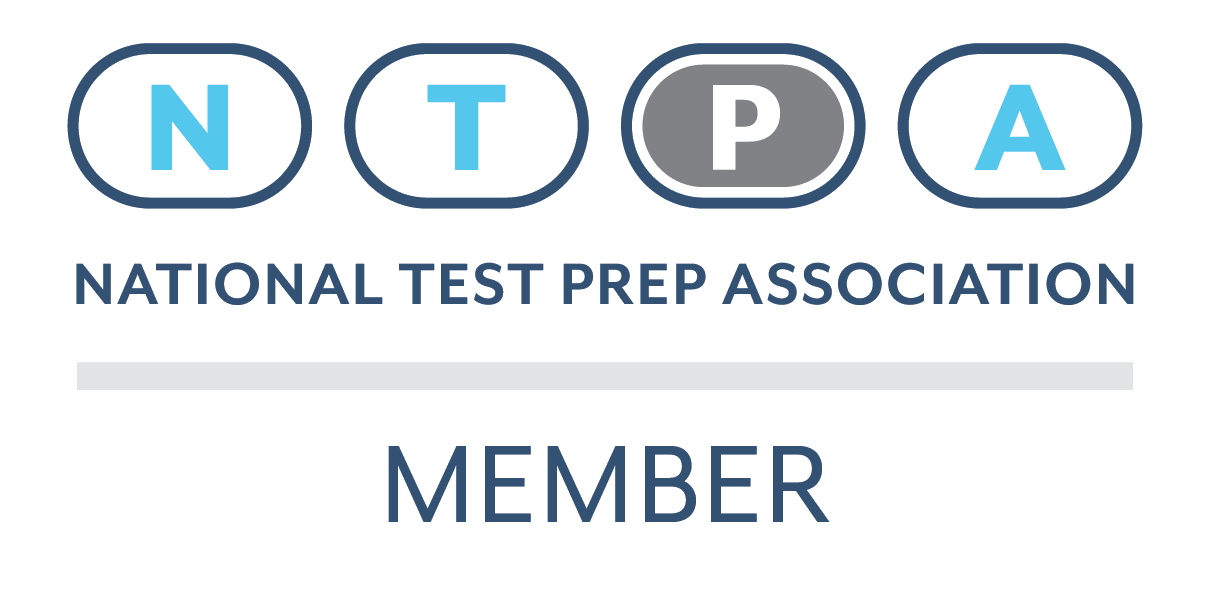The SAT is an internationally administered test used for admission to colleges in the United States and abroad.
Bespoke has been helping students succeed on this challenging exam for nearly two decades. Our comprehensive approach to test prep incorporates individualized tutoring sessions, weekly homework from our proprietary SAT textbook, and frequent mock testing to form a program that is both thorough and tailored to your student’s specific needs.
Whether you’re ready to begin tutoring immediately or just have questions about the test, our client services team is looking forward to speaking with you! You’ll talk to a knowledgeable, caring individual who will create a test prep plan and pair you with the perfect tutor for your student’s personality and learning style. Your student will then learn the actionable skills to build confidence and thrive on test day and beyond.
SAT vs. ACT
Most colleges give applicants a choice of submitting scores from the SAT or its counterpart, the ACT. One of the most common questions families have when beginning test prep is, “Which exam should my child take?” We can help!
The best way to learn about the SAT and ACT is to take a practice test of each. Bespoke’s mock testing program makes it easy to take realistic practice exams in our offices or from the comfort of your home. Our experienced client services team then uses your student’s scores, experience of the exams, and learning profile to help you make an informed decision.
While we believe the best way to compare a student’s performance on the exams is to administer full practice tests of each, we also offer a joint ACT/SAT diagnostic test if time is limited.
“Both of my daughters prepared with Bespoke for their SATs. I am a big believer in Bespoke Education and recommend its tutoring to everyone. My daughters will be able to attend an entirely different level of college due to their increased SAT scores, and I attribute that to Bespoke.”
– Father of two Colts Neck, NJ, students
About the SAT
What is the SAT?
The SAT is produced by The College Board. It is used by universities in the United States and abroad to assess students’ readiness for college and is an important part of admissions decisions.
Who takes the SAT?
Students interested in applying to college will generally take the SAT during their junior or senior year of high school.
What’s on the test?
The SAT consists of four multiple-choice sections: Reading, Writing and Language, Math–No Calculator, and Math–Calculator. The College Board recently announced it is eliminating the optional Essay after the June 2020 administration. Students taking the SAT on or before that date will still have the option to complete the Essay, but Bespoke does not anticipate those scores will be of significant value to colleges in the next admissions cycle.
| TEST SECTION | TIME | NUMBER OF QUESTIONS |
|---|---|---|
| Reading | 65 mins | 52 |
| Writing and Language | 35 mins | 44 |
| Math – No Calculator | 25 mins | 20 |
| Math – Calculator | 55 mins | 38 |
How is the test scored?
Students receive a scaled “Evidence-Based Reading and Writing” score between 200–800, which incorporates results from the Reading section and the Writing and Language section. Students also receive a scaled “Math” score between 200–800, which incorporates results from the Math–No Calculator and Math–Calculator sections. These two scaled scores are then combined for a total score of 400–1600.
The Essay is graded by two readers in three domains: Reading, Analysis, and Writing. Students are assigned grades of 1–4 in each domain by each reader for a total score of 2–8 in each domain.
I’m hearing a lot about “superscoring.” What does that mean?
Some colleges employ a process called “superscoring” which can be very beneficial for students. When superscoring, colleges take a student’s highest “Evidence-Based Reading and Writing” score and highest “Math” score and combine them into a new “superscore”.
(For example, if a student scored a 680 Evidence-Based Reading and Writing and 750 Math for a 1430 total in March and then scored a 760 Evidence-Based Reading and Writing and 730 Math for a 1490 total in May, the student’s superscore would combine the May Evidence-Based Reading and Writing and the March Math scores to form a new total of 1510.)
Because of superscoring, we highly recommend students take the SAT at least twice. Check with individual colleges to see if they employ superscoring.
If students take the SAT multiple times, do they have to send colleges all of their scores?
The SAT allows students to select which scores to send to colleges; however, some colleges require applicants to submit all scores received. Check with individual schools to confirm their policies.
(Note: If students elect to send SAT scores from a given test date, they must send all of the section scores from that date—i.e. they cannot opt to send their Math scores but not their Evidence-Based Reading and Writing scores. Admissions offices that allow “superscoring” will calculate superscores on their own from all of the scores submitted.)
When is the test offered?
The SAT is offered as a pencil-and-paper test and is administered at schools in the United States seven times per year: in August, October, November, December, March, May, and June. Click here for more details about test dates.
When will students receive their scores?
According to the College Board, SAT scores are usually available online 13 days after the exam, though this can vary depending on test date.
What is the difference between the SAT and the PSAT?
The PSAT is generally taken in the fall by high school sophomores and juniors as an opportunity to gain exposure to the types of questions that appear on the SAT. For juniors, the PSAT also serves as the qualifying test for the National Merit Scholarship program—a prestigious competition which recognizes high-achieving students for their testing, academic, and extracurricular achievements.
While the PSAT’s questions are similar in style to those of the SAT, the PSAT is slightly shorter and is scored out of 1520 instead of 1600.
Where can I get more information on the SAT?
For more information on the SAT, and to register online, please visit the SAT website.






